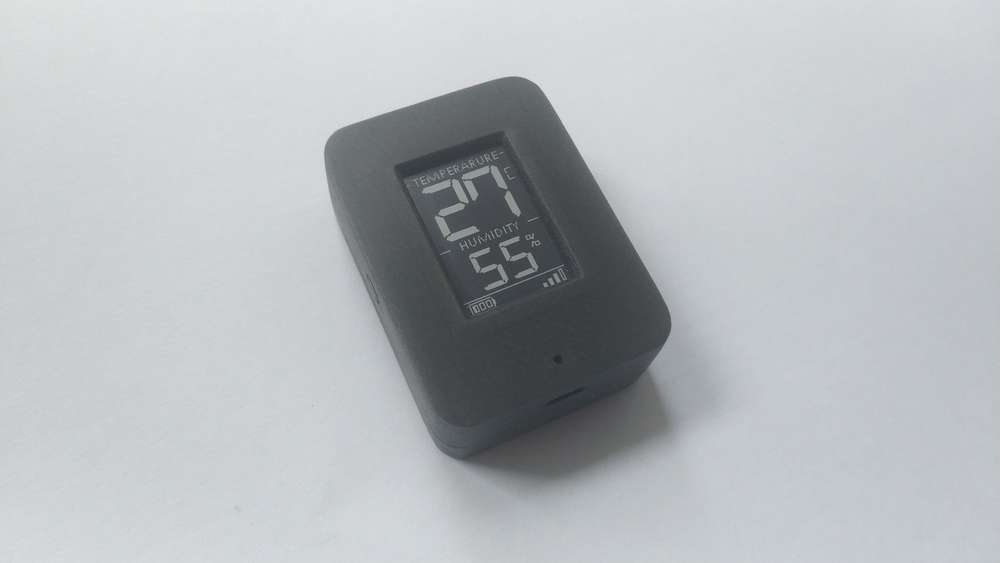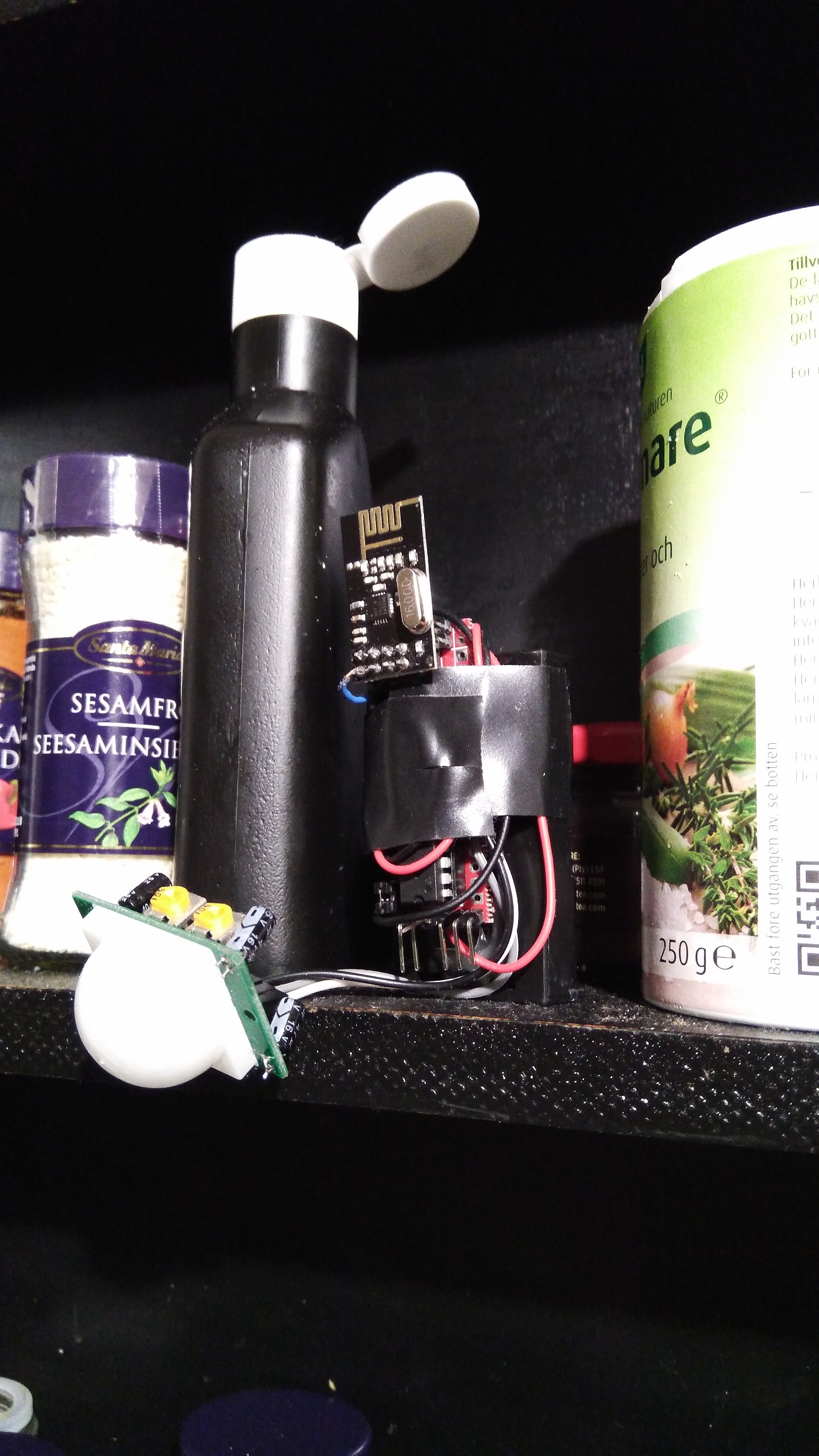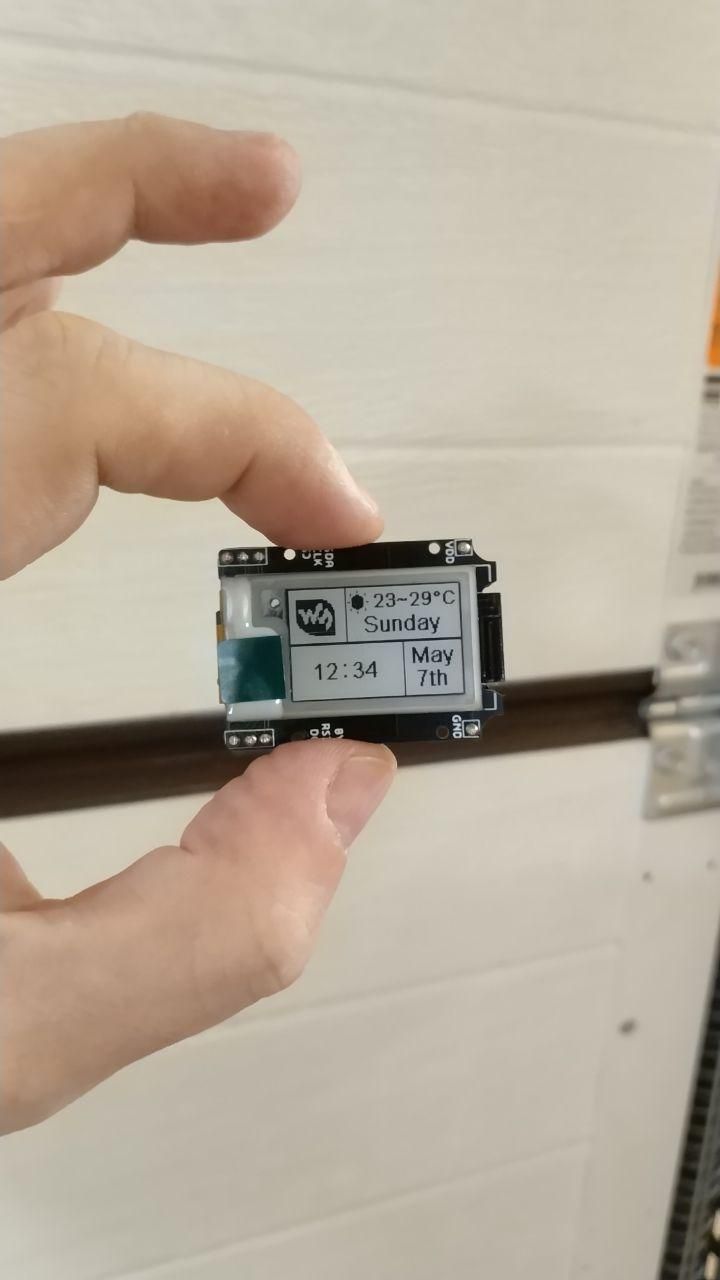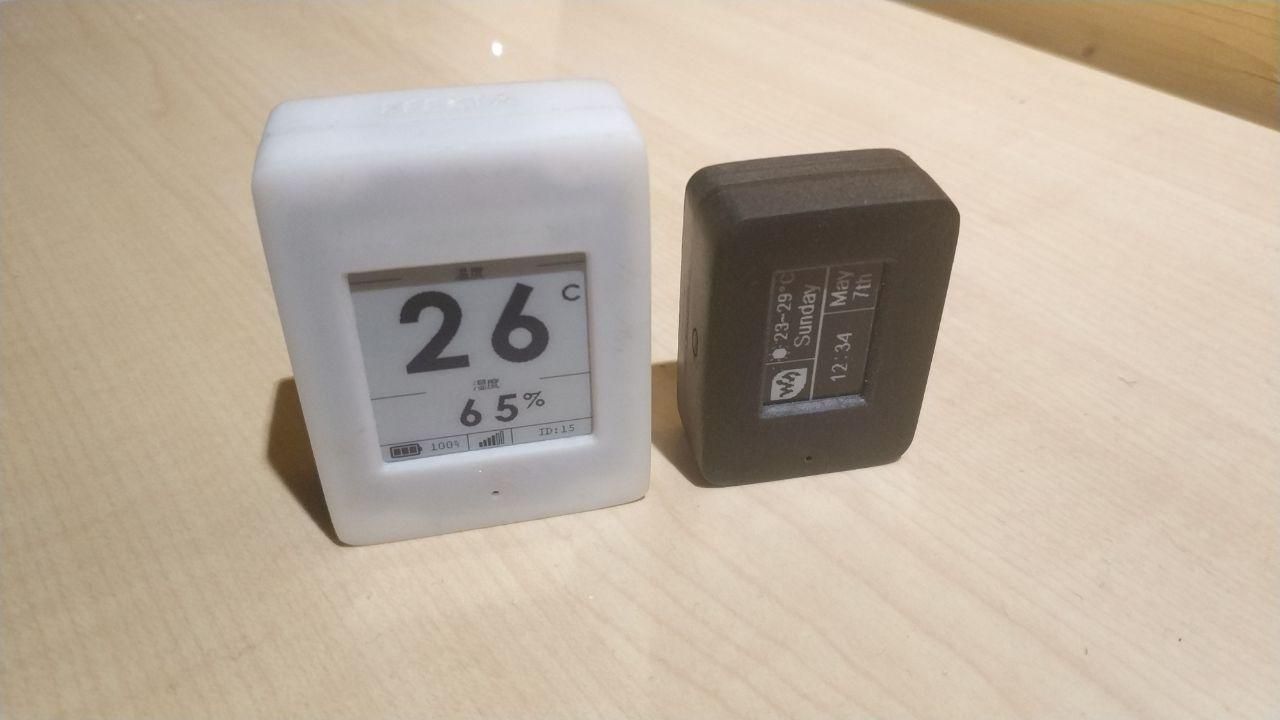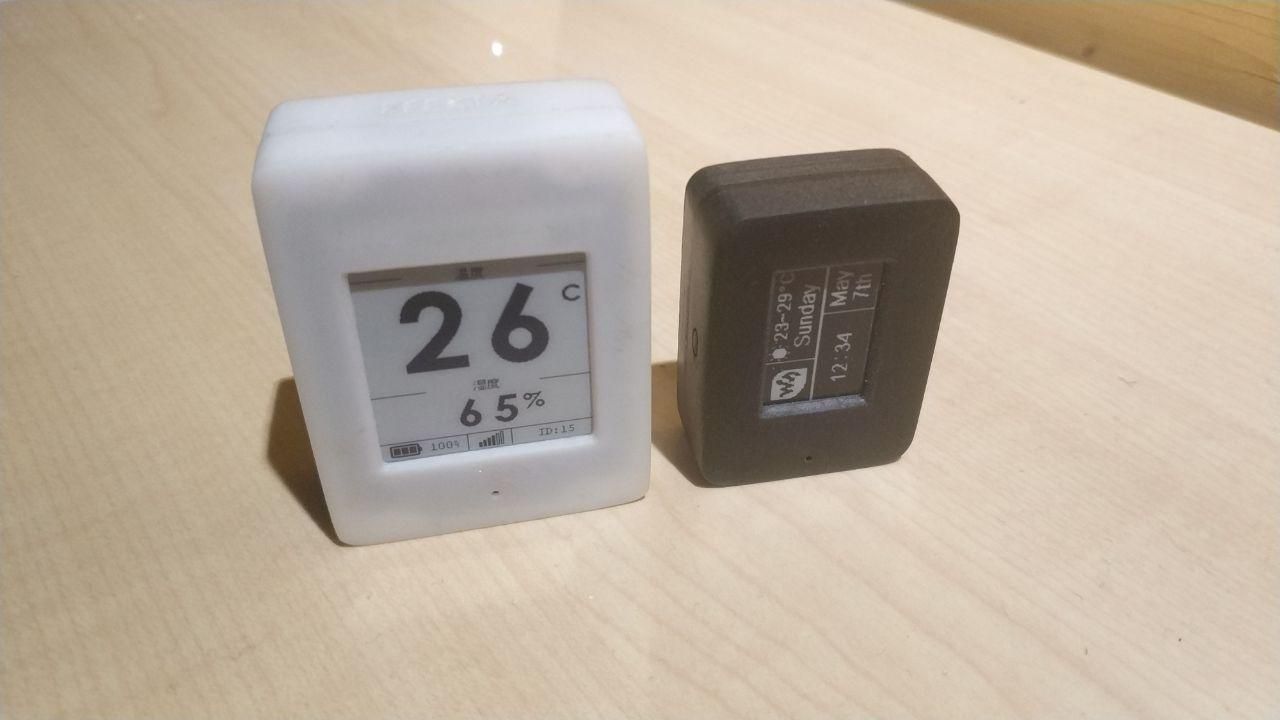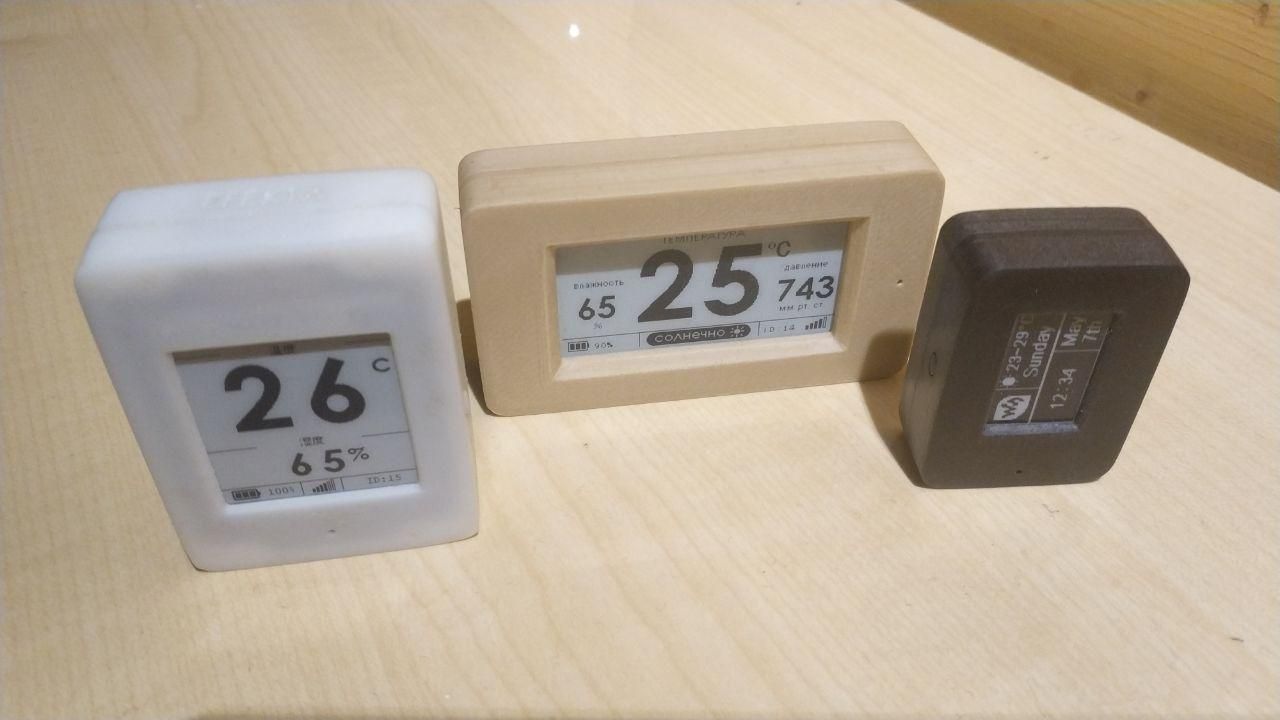What did you build today (Pictures) ?
-
@monte said in What did you build today (Pictures) ?:
Or do you mean that they are discontinuing 1.54" displays completely?
Yes, I mean that these displays are no longer produced. And it is better to focus on new ones.
-
@monte said in What did you build today (Pictures) ?:
Or do you mean that they are discontinuing 1.54" displays completely?
Yes, I mean that these displays are no longer produced. And it is better to focus on new ones.
@berkseo said in What did you build today (Pictures) ?:
@monte said in What did you build today (Pictures) ?:
Or do you mean that they are discontinuing 1.54" displays completely?
Yes, I mean that these displays are no longer produced. And it is better to focus on new ones.
Just to clear up a potential misunderstanding: The 1.54" EPDs aren't going to vanish anytime soon. Only the GDEP015OC1 has been discontinued and the GDEH0154D67 may follow, too at some point.
But Dalian Good Display has just launched the GDEW0154M09 this month, which seems to be the successor of the GDEH0154D67 at first sight. There is also the GDEW0154M10, which supposedly has a better contrast due to a new manufacturing process. Waveshare seems to be still selling their version of the GDEH0154D67, but not any of the new ones.
I don't think you need to hoard them like other poeple hoard their live-long stock of toilet paper these days. ;)
-
My super simple NRF51 touch buttons. I mostly use these to toggle overhead lights that I've converted to Tasmota.
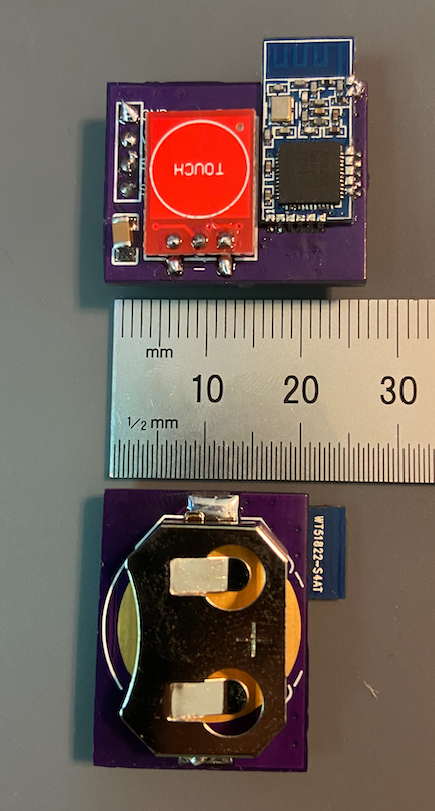
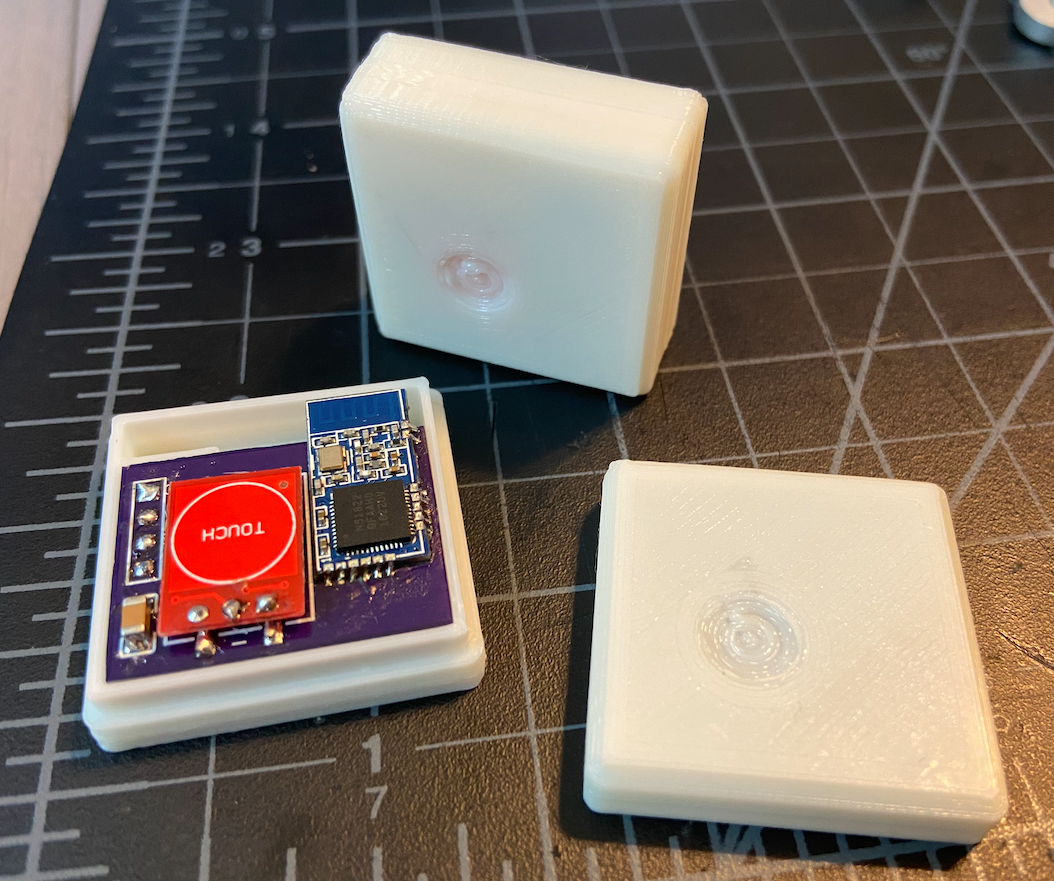
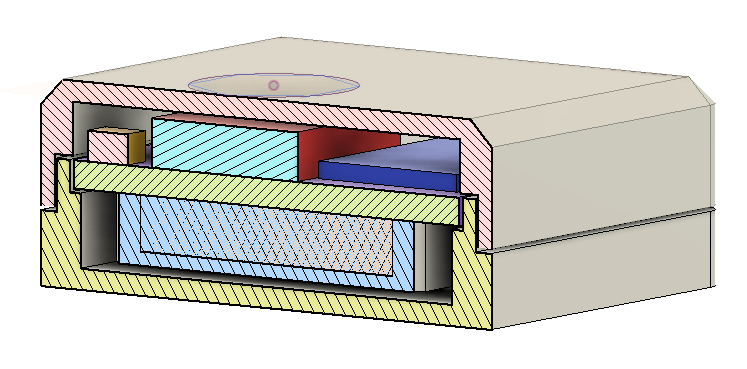
@ncollins Elegant. Does it talk to a gateway, which then talks to your Tasmota, or does it somehow talk directly to the Tasmota? So many things now have Bluetooth as part of them that the possibility of direct communication sometimes exists.
-
@ncollins Elegant. Does it talk to a gateway, which then talks to your Tasmota, or does it somehow talk directly to the Tasmota? So many things now have Bluetooth as part of them that the possibility of direct communication sometimes exists.
@NeverDie Buttons -> Mysensors Gateway -> OpenHab Rules -> Tasmota Switches / Outlets / Extension cords.
I am tempted to explore the BLE route. It seems to support a majority of my sensor use cases, I like the idea of standardizing on the GATT protocol, and there are already a ton of tools and connectors in place.
-
My super simple NRF51 touch buttons. I mostly use these to toggle overhead lights that I've converted to Tasmota.



-
@ncollins And this is my simple capacitive button, just a button:). Beginning of this story was like this:... once I bought a Chinese capacitive button and was very upset with the quality...
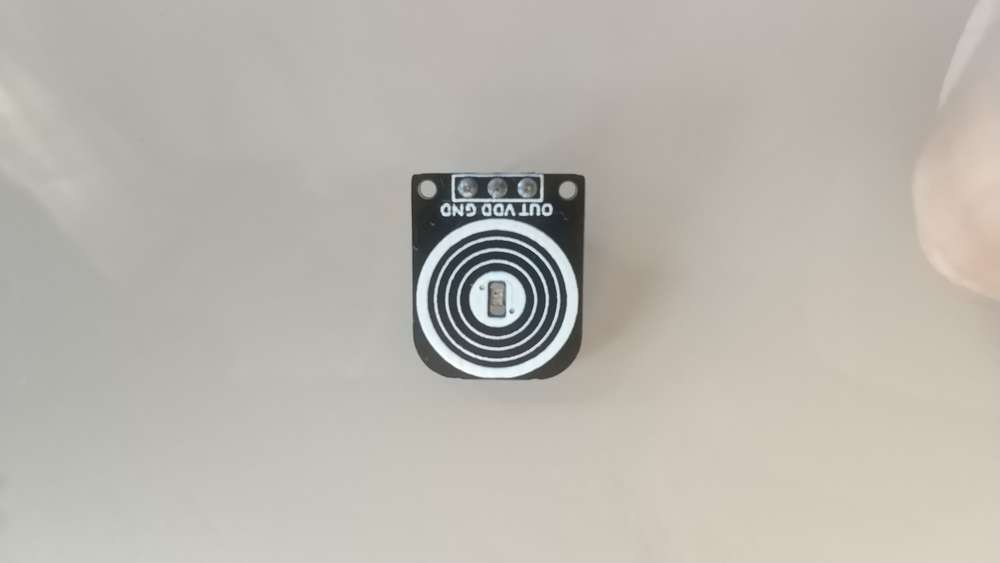
-
-
Just made a fun (and useful) sensor / device, using a arduino pro-micro (atmega32u4), and VL53L01 TOF distance sensor.
It's an auto lock device for my pc, I have mounted the VL53L01 to the bottom of my center monitor, and then have it measure the distance to my body, whenever it exceeds 1m (or is out of range), I increase a counter. When the counter reaches 20 (seconds) I send keypress GUI+L, to lock the screen (works equally well on ubuntu and windows).
When I return to the desk again, it is detected by the arduino (distance is now under 1m again). And it then sends CTRL+ALT+DEL to start login procedure.
The arduino sketch is available on https://gist.github.com/tbowmo/7e9934796d47566dc09e7b3bc5b2f208
next project should probably be to find a better enclosure, and build one for when I return to the office in a month or two, when the corona lockdown is lifted more

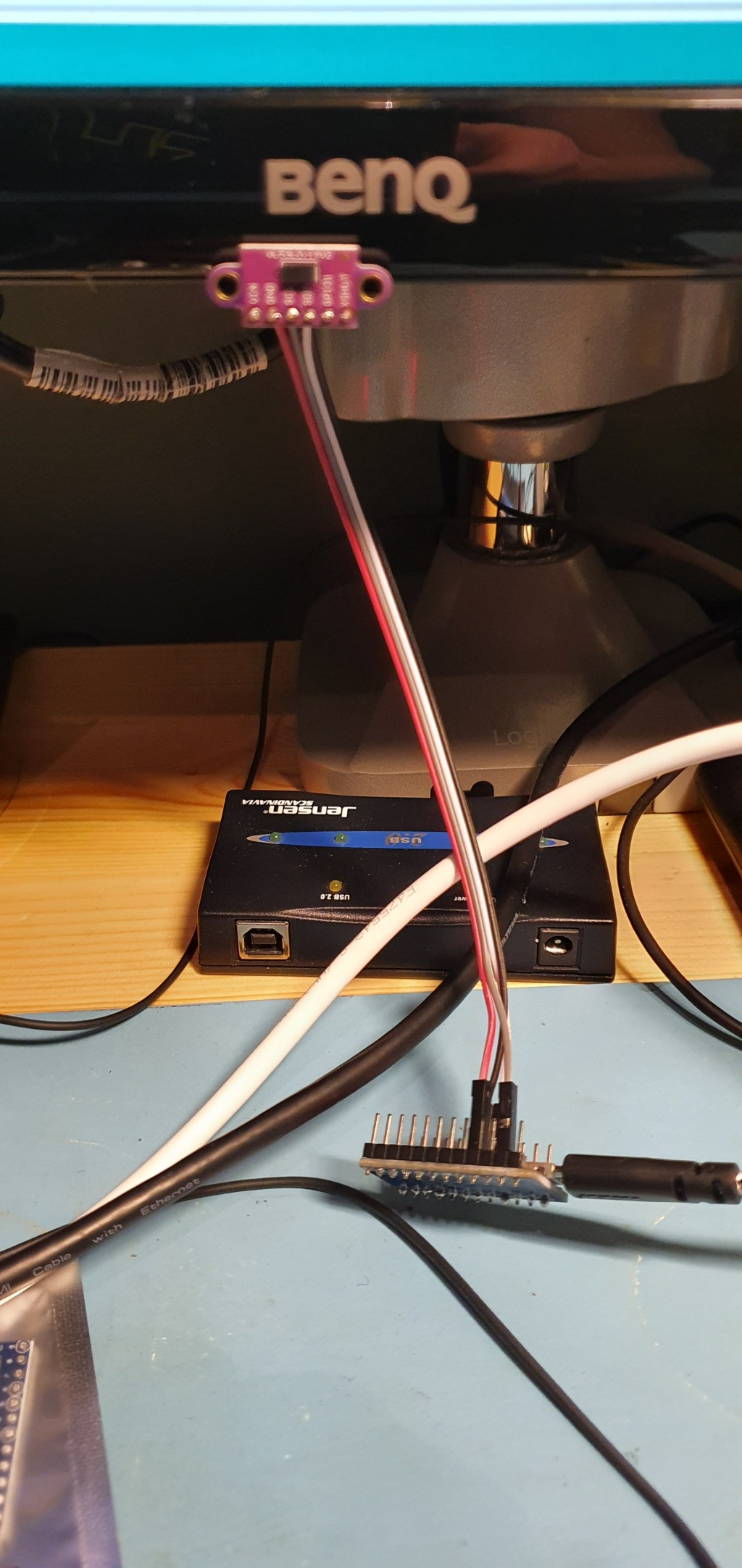
@tbowmo said in What did you build today (Pictures) ?:
atmega32u4
Next step: build an entire keyboard and flash QMK to it!
Nice project, I thought about something similar but to operate a fan, which is way harder than communicating with a computer, I should have started with that.
Very little nice sensor that one... -
@berkseo well, that's a shame. They are the perfect size for my purpose. I guess I need to stock few of them, while I can :) Thanks for the tip!
@monte Where do you buy that e-ink displays? they look awesome
-
@ncollins And this is my simple capacitive button, just a button:). Beginning of this story was like this:... once I bought a Chinese capacitive button and was very upset with the quality...

@berkseo nice! Just today, I've ordered something similar but with an led mounted sideway, to make more diffused glow of the opaque resin that will cover these:
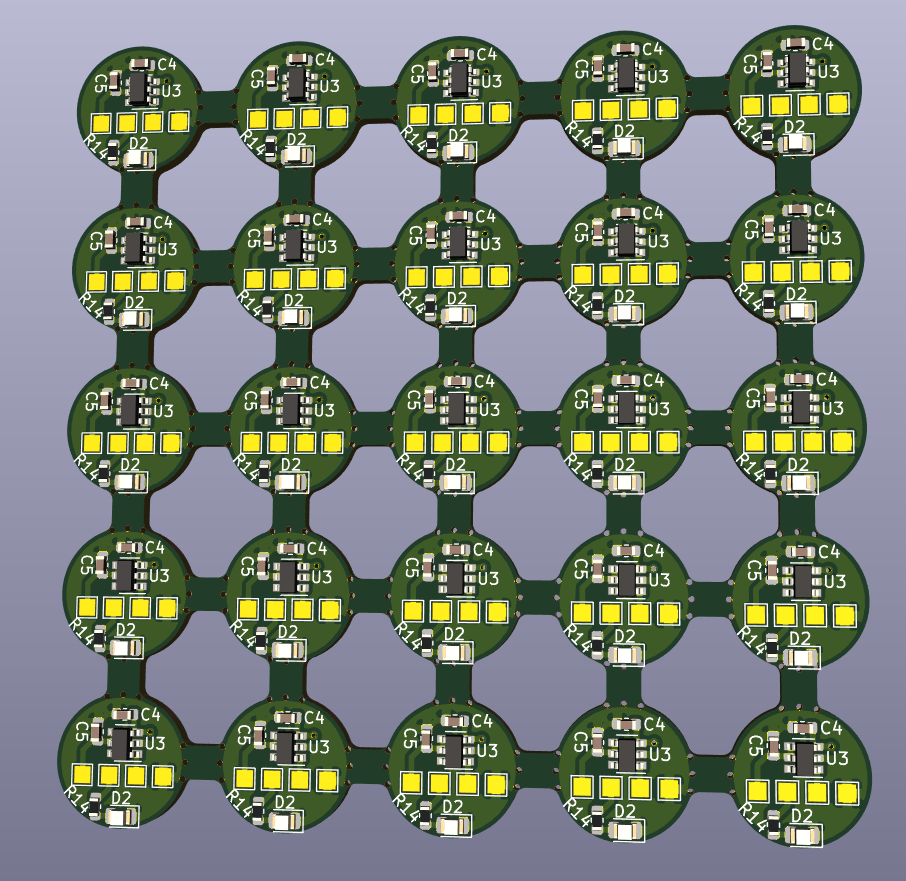
@Danielo-Rodríguez I've bought mine on aliexpress, but you can find them at several different places. They are produced by a company named Good Display (Dalian Good Display Co., Ltd to be precise). They have different sizes and colors with different price and performace too. Also they are sold by Waveshare, but the displays are the same, I believe.
-
I'm surprised no one here has built anything Covid19 related--even something as basic as a handwashing timer or something like that. I, for one, am tired of singing songs to time myself, and getting kids to handwash for the full recommended duration is, well, something I'd rather let automation enforce instead of me! ;-)
-
I'm surprised no one here has built anything Covid19 related--even something as basic as a handwashing timer or something like that. I, for one, am tired of singing songs to time myself, and getting kids to handwash for the full recommended duration is, well, something I'd rather let automation enforce instead of me! ;-)
-
@NeverDie From these things, which are in the photo above, can make an informant COVID-19. Show the trend, the number of infected people to date in your location, and so on.
A MySensor'ed temperature controller for my utility cabinet, which runs too hot due to all the electronics in there (cable modem, router, switch, etc.)
In its current version it is able to control a 12V 120mm PWM fan, and reads the temperature from 3 DS18B20 temp sensors (inlet, 'ambient' and router).
Later I might add a temperature controller to keep the ambient temperature stable at a a few degrees above inlet, by controlling the fan's dutycycle.As all sensors in my utility cabinet are powered from 5V USB, I used a step-up converter to generate the 12V required by the fan.
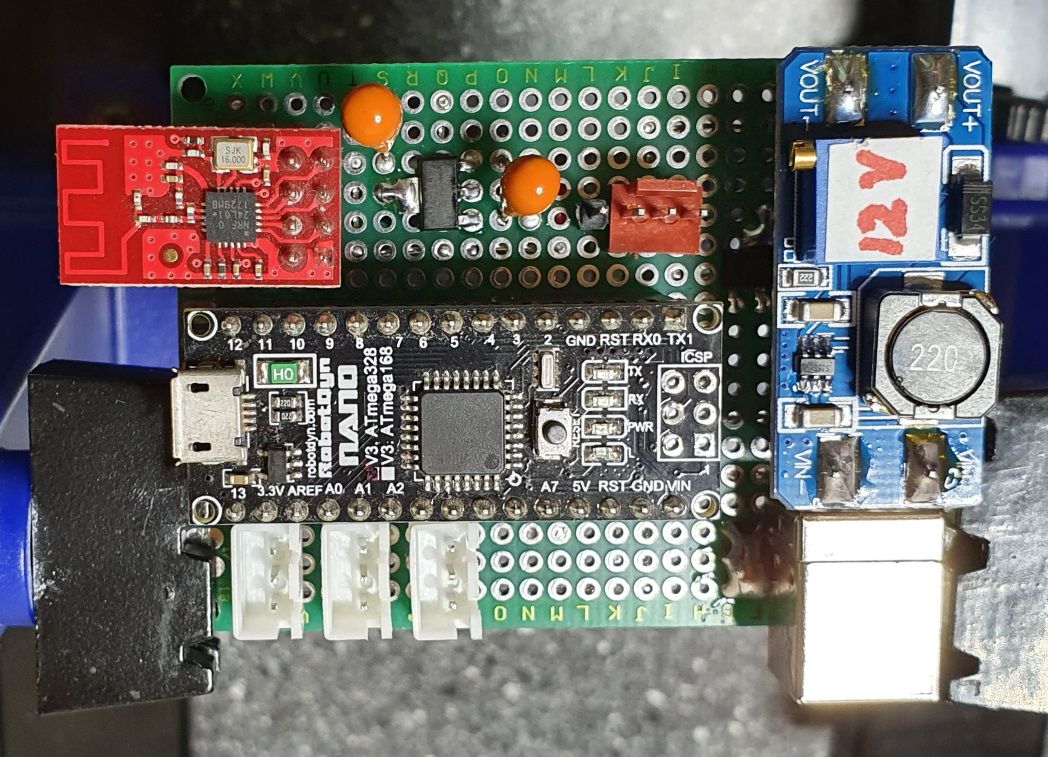
After soldering everything together I wasn't happy with the orientation of the JST headers for the temp sensors, so a small PCB was added to mount them under 90 degrees:
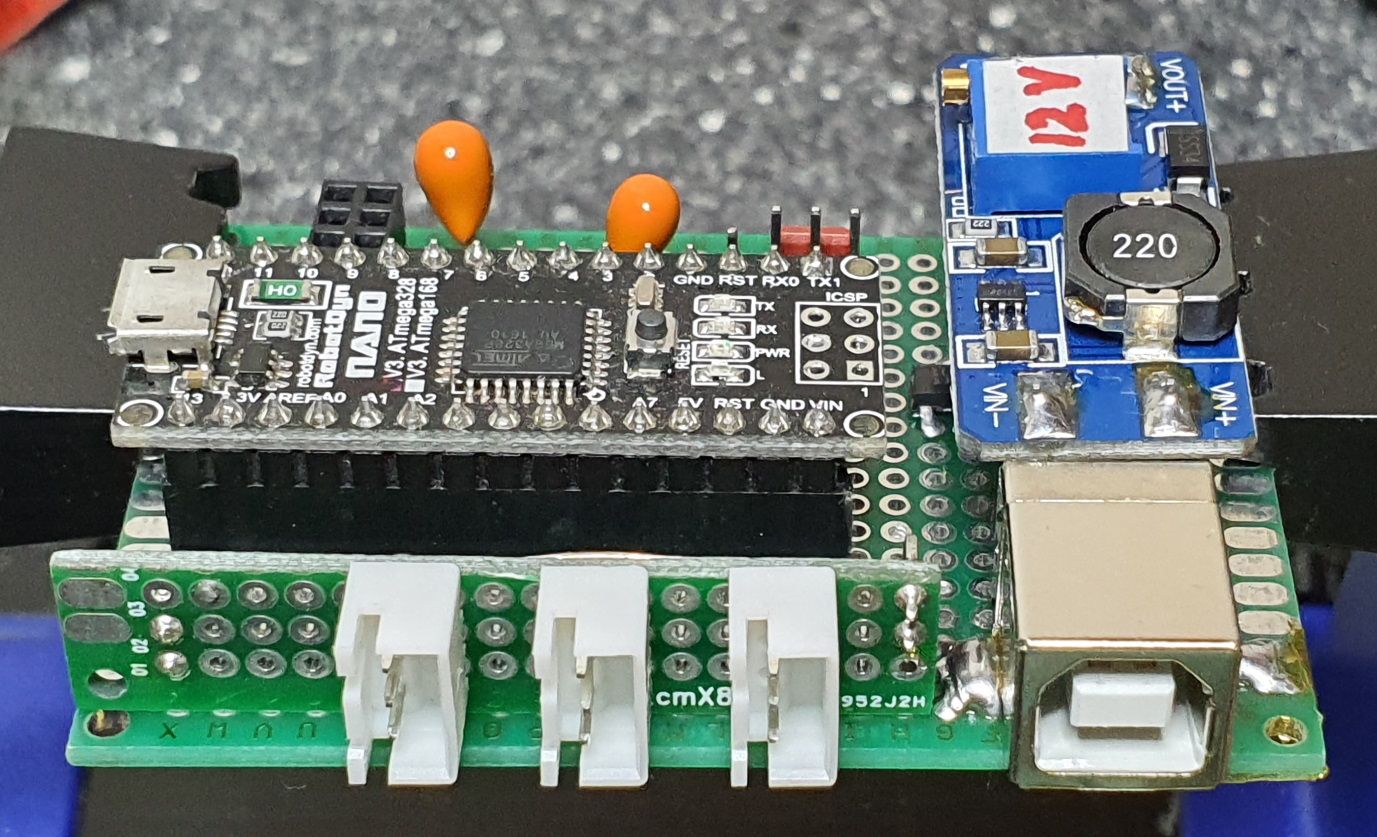
All data and control is routed to Node-red, stored in InfluxDB and graphed in Grafana:

You can see the temperature of the router ('USG') go down with increasing fan rotational speed (lower chart, 'rpm.mean').
Temperature decrease is not as big as I hoped for, so I might need to install a fan with a bigger airflow. -
My new gateway with leds for state and the only node I have: A wireless arcade button controller
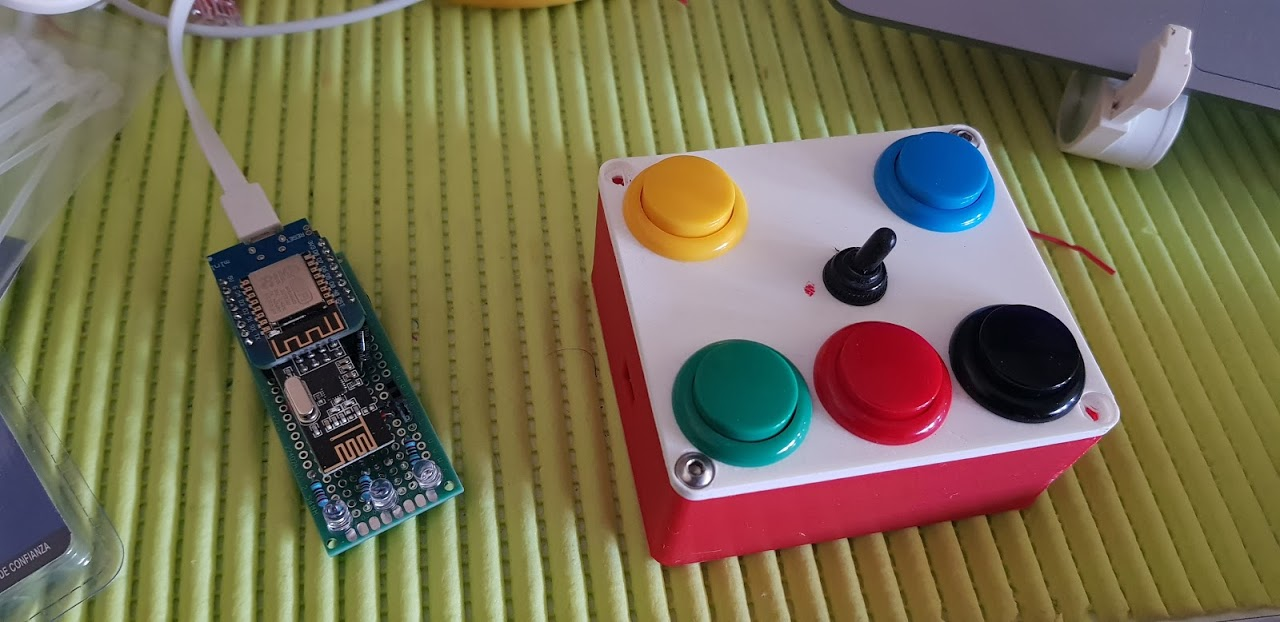
-
My new gateway with leds for state and the only node I have: A wireless arcade button controller

-
Well, it not really a build I plugged in wires, and copied code. Found a random usb charger and put it all in my workspace to be.
And I absolutely love this thing. Maximum of 3 hours work. I was having fun, so it could be more.
I considered that there could and should be a display on this thing, but not for now. I made this, because I have never experimented with temperature sensors and I just received a few. Now I can just see what happens with the temperature in there.
sensor is a AHT10 temperature and humidity.
http://www.aosong.com/m/en/products-40.html
I used this library: https://github.com/enjoyneering/AHT10
I repurposed Hek's DHT code, and swapped the readings with the AHT's
shed before
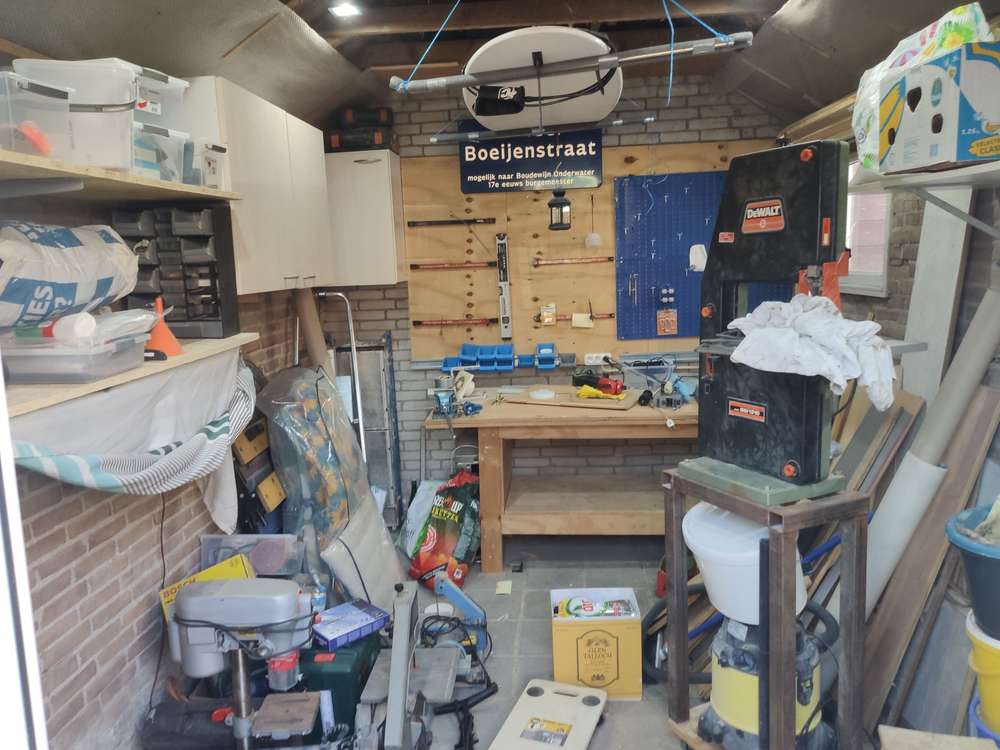
workspace after but still filling it.
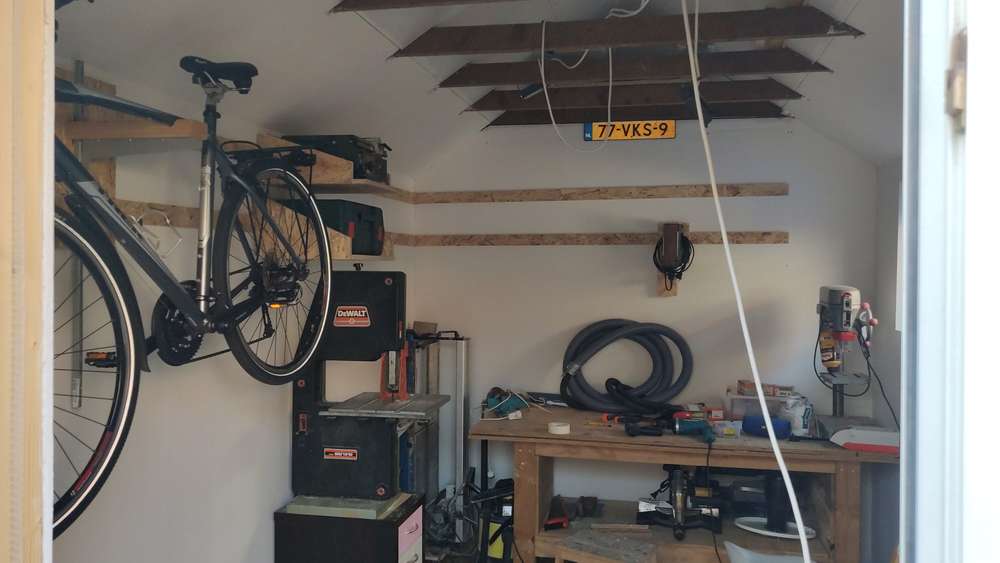
-
Today I've finally swapped my outdoor relay node with something descent.
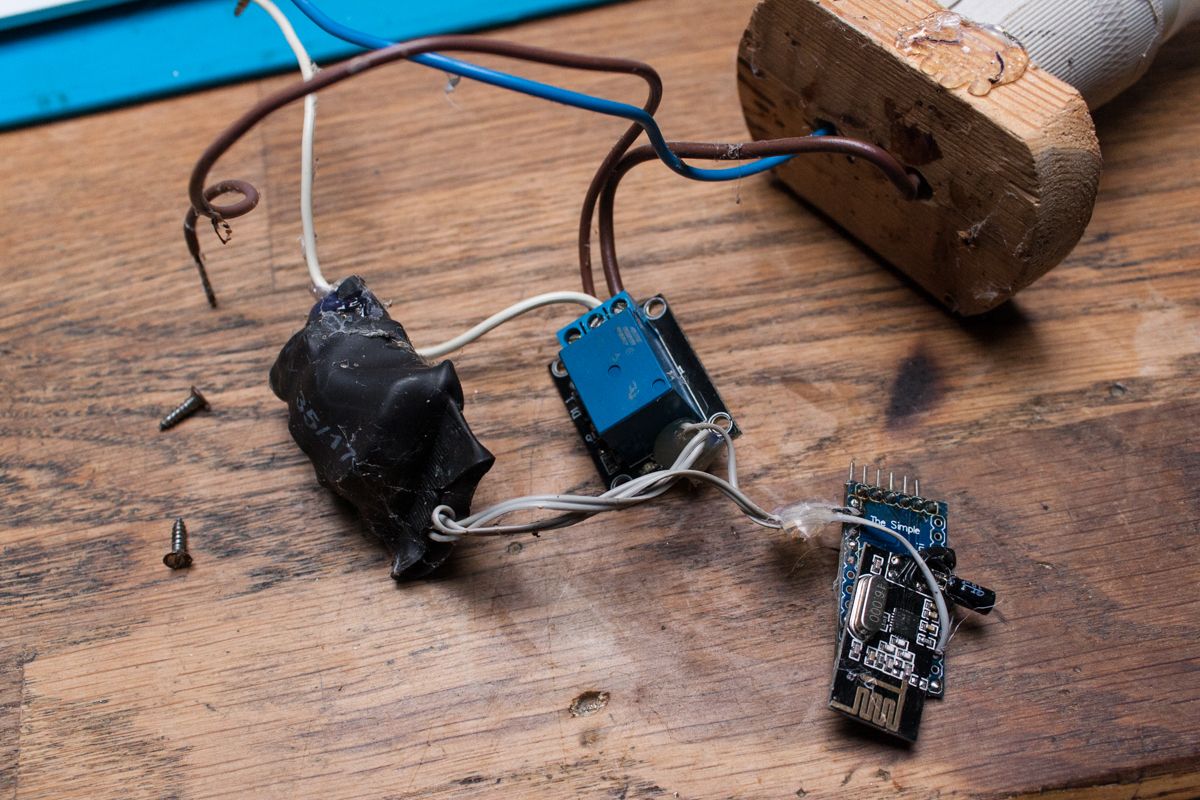
This was my very first mysensors node that I've built when I was only starting to mess with arduino, probably around four years ago.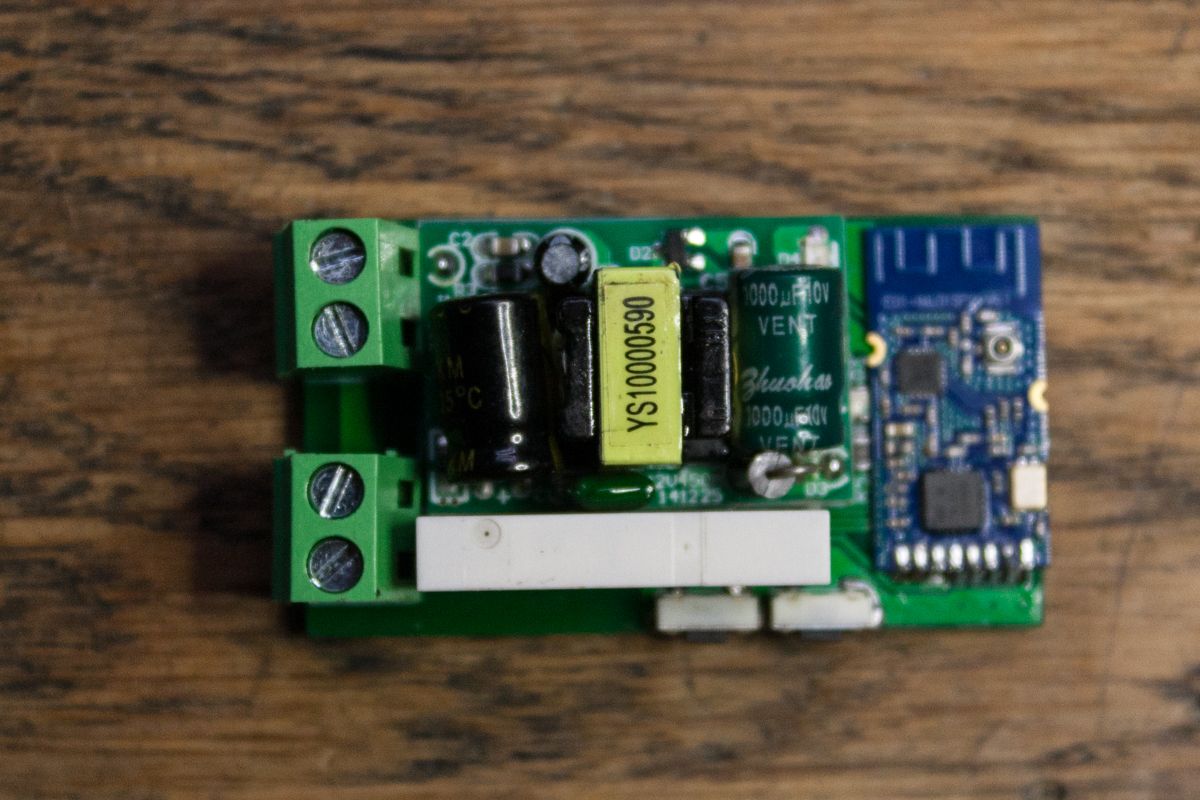

This board uses cheap 5v power supply and an amplified version of NRF24 module from Ebyte. It supposed to be poured with silicone ore resin, but I am yet to find suitable box, the size of this board appeared to be bigger then most of such cases designed for compound pouring. But I'm planning on making next version, with non-isolated power supply, which will help to achieve smaller size. -
My new project of a temperature and humidity sensor with an electronic ink display 1.02 Inch ( GDEW0102T4 ), very low power consumption, very small device.
